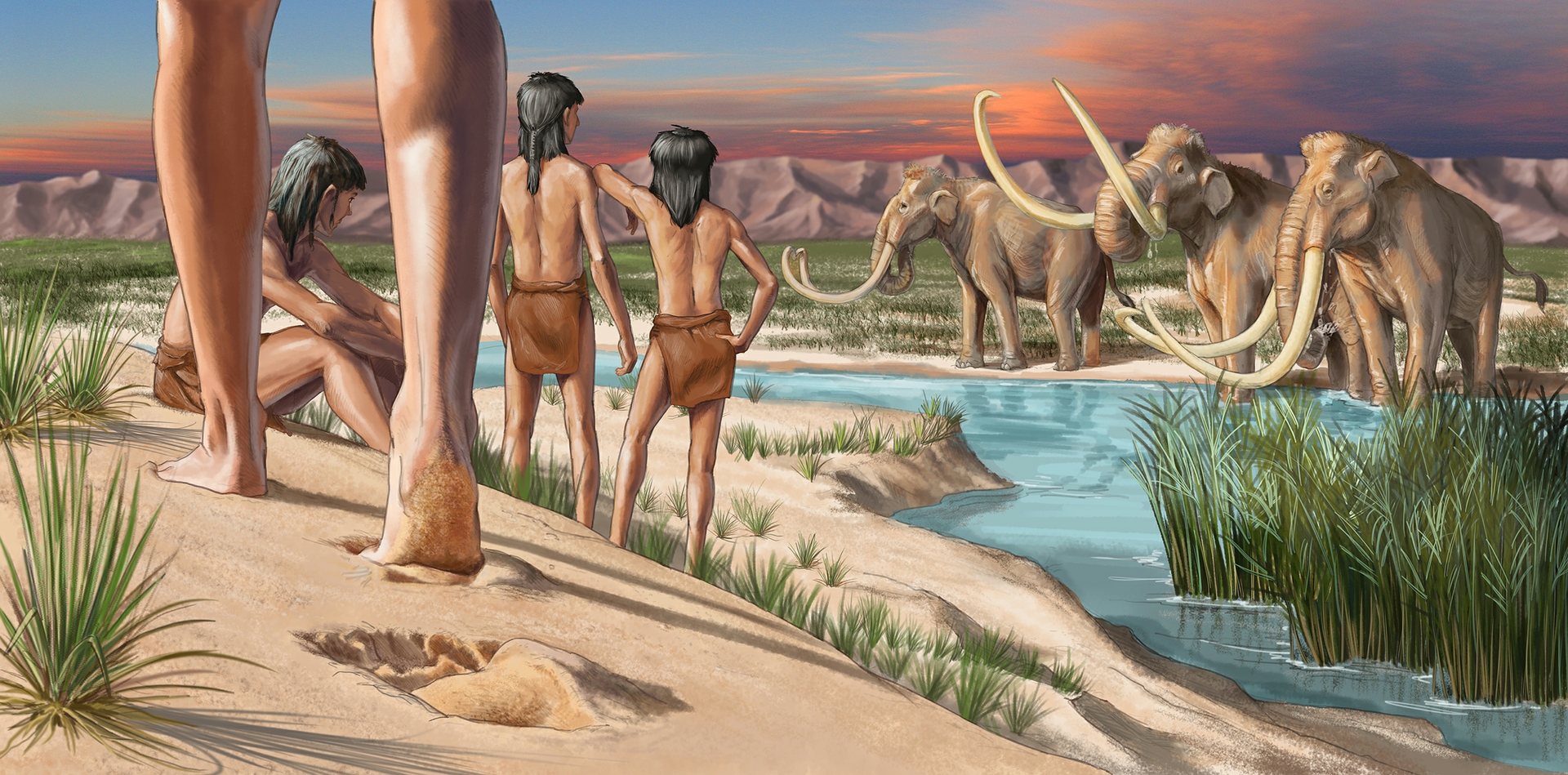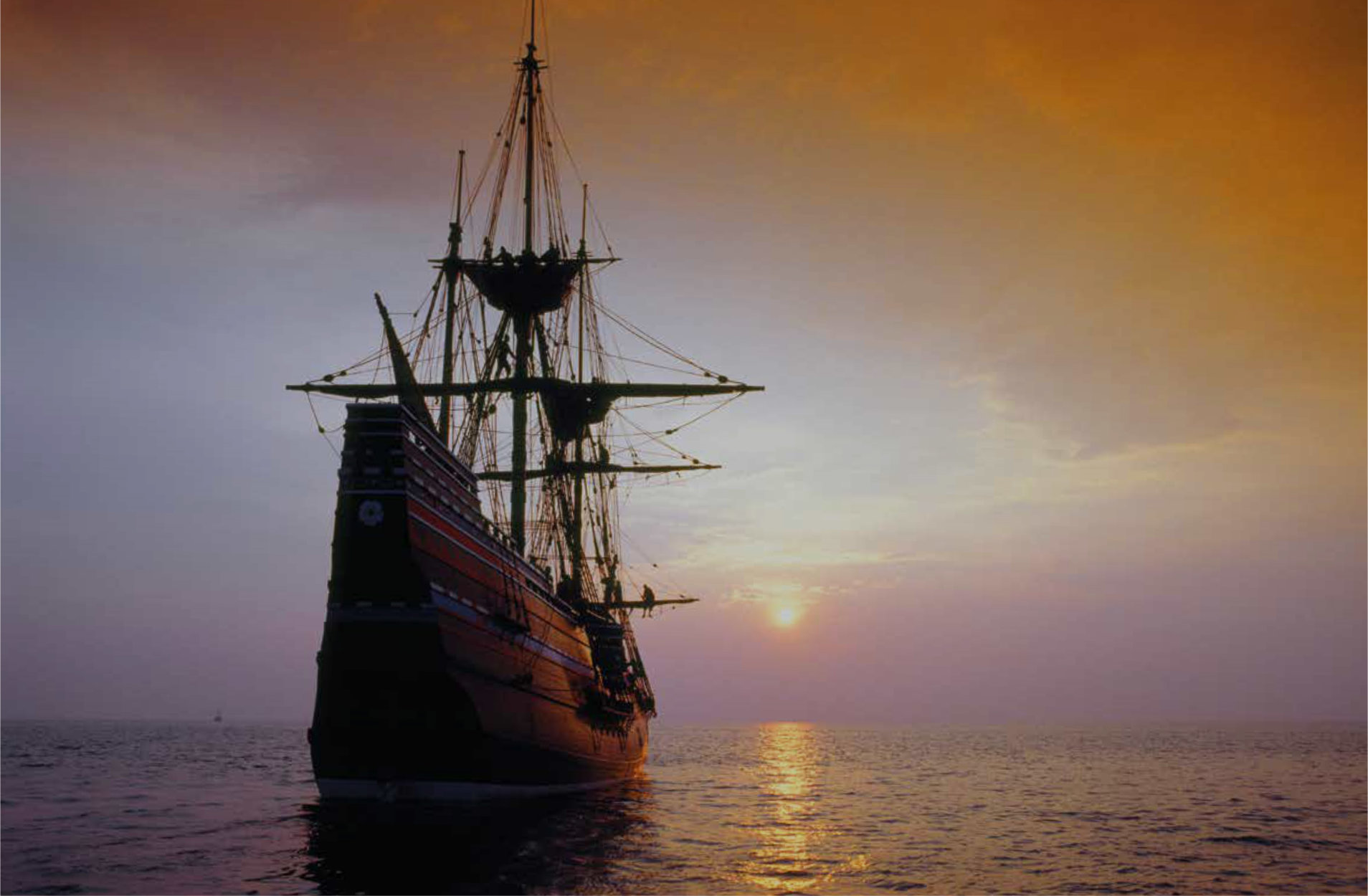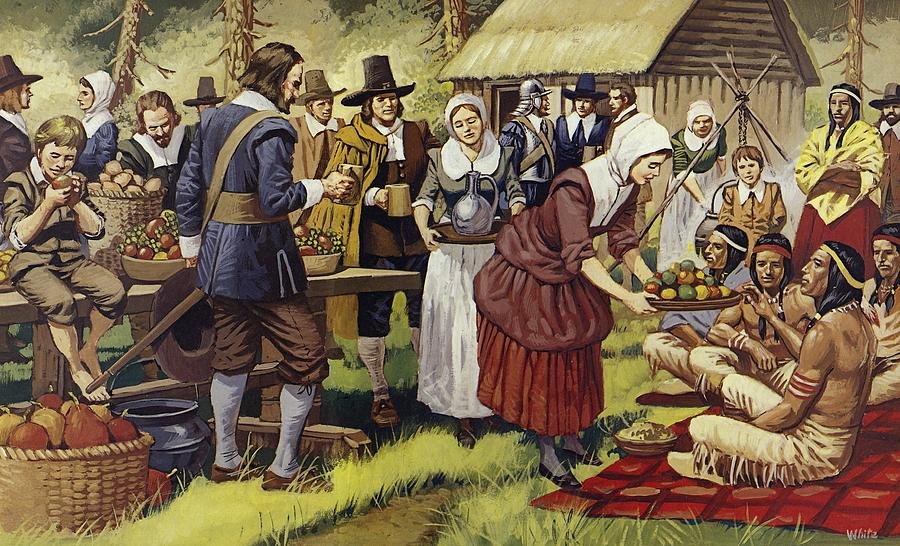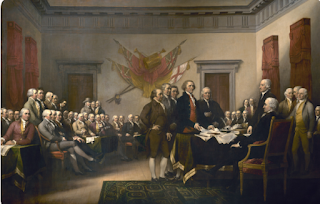Renaissance poets
Edgar Allan Poe
Life (1809-1849).- Edgar Allan Poe was born in Boston and was orphaned at a young age. He was raised by John Allan in Richmond, Virginia, though never formally adopted. He briefly studied at the University of Virginia and West Point, but financial and personal problems interrupted his education. He struggled with alcoholism and depression throughout his life, dying under mysterious circumstances at age 40 in Baltimore.
Influence in His Era.- Poe pioneered the modern detective genre and mastered psychological horror. His theory of the "single effect" revolutionized short narrative. He greatly influenced French symbolism and authors like Charles Baudelaire, who translated his works into French.
Major Works.- His most famous stories include "The Raven" (1845), "The Fall of the House of Usher" (1839), "The Tell-Tale Heart" (1843), "The Murders in the Rue Morgue" (1841), and "The Pit and the Pendulum" (1842). He also wrote important critical essays like "The Philosophy of Composition" and "The Poetic Principle."
Learn more
Emily Dickinson
Life (1830-1886).-
Emily Dickinson was born in Amherst, Massachusetts, into a prominent family. She lived most of her life secluded in the family home, rarely leaving after age 30. She studied at Amherst Academy and briefly at Mount Holyoke Female Seminary. She maintained extensive correspondence with friends and family but avoided direct social contact. She died at 55, and most of her nearly 1,800 poems were discovered after her death.
Major Works.- Her best-known poems include "Because I could not stop for Death" (712), "I'm Nobody! Who are you?" (288), "Hope is the thing with feathers" (314), "Wild Nights – Wild Nights!" (249), and "I heard a Fly buzz – when I died" (465). Her poems explore themes of death, immortality, nature, love, and solitude. She published only about 10 poems during her lifetime.
https://www.poetryfoundation.org/poets/emily-dickinson
Nathaniel Hawthorne
Life (1804-1864).- Nathaniel Hawthorne was born in Salem, Massachusetts, into a family with deep Puritan roots. His great-great-grandfather John Hathorne was a judge in the Salem witch trials (Nathaniel added the "w" to his surname). He studied at Bowdoin College where he was classmates with Henry Wadsworth Longfellow and Franklin Pierce. He worked at the Salem Custom House and briefly lived at the utopian Brook Farm community. He married Sophia Peabody in 1842 and they had three children.
Influence in His Era.- Hawthorne was a central figure of the American Renaissance and pioneer of the American psychological novel. He explored themes of guilt, sin, redemption, and human nature with unprecedented psychological depth. His work influenced authors like Herman Melville (who dedicated "Moby Dick" to him) and Henry James. He developed the technique of American "romance," distinguishing it from European realism.
















